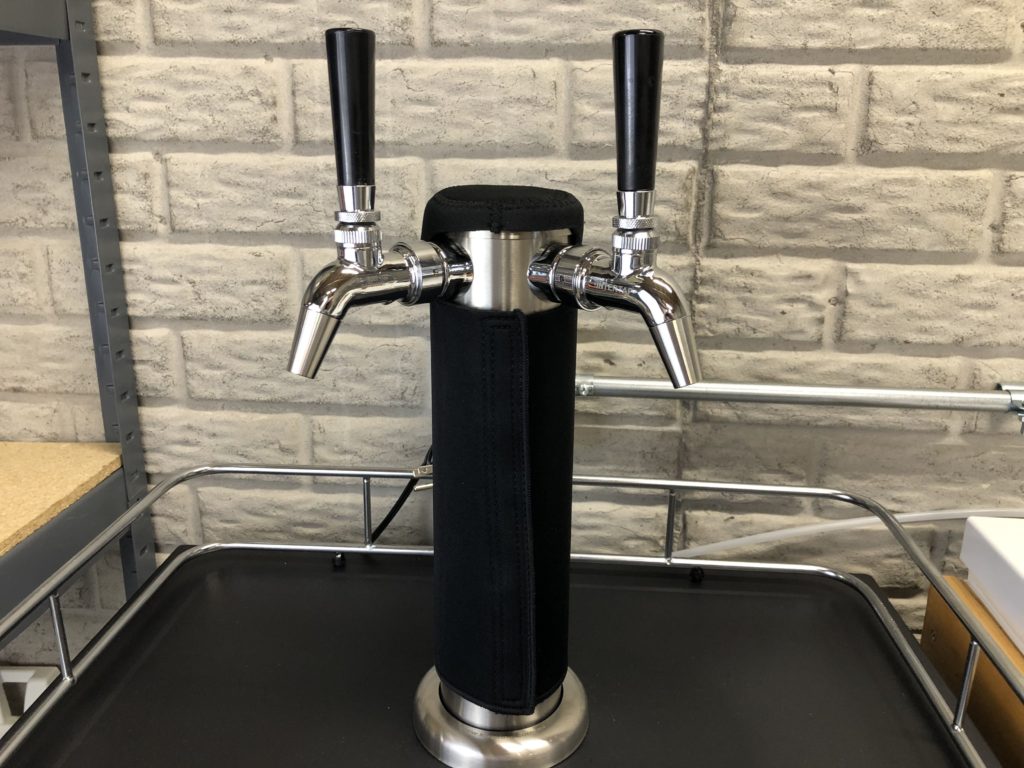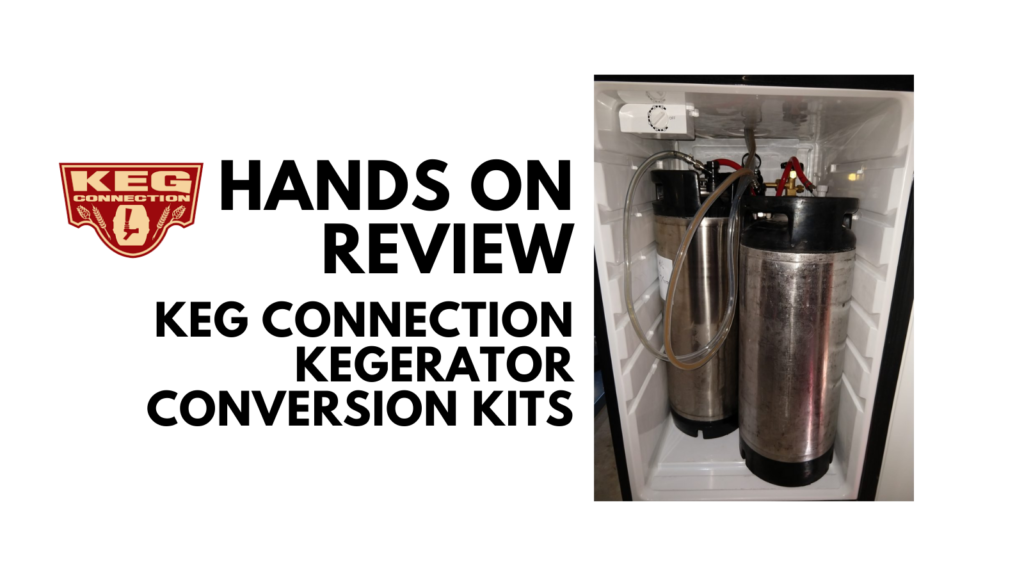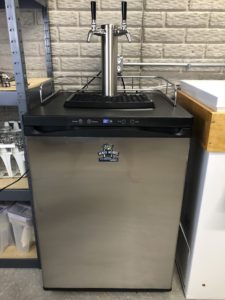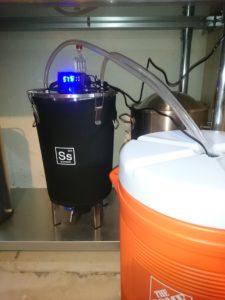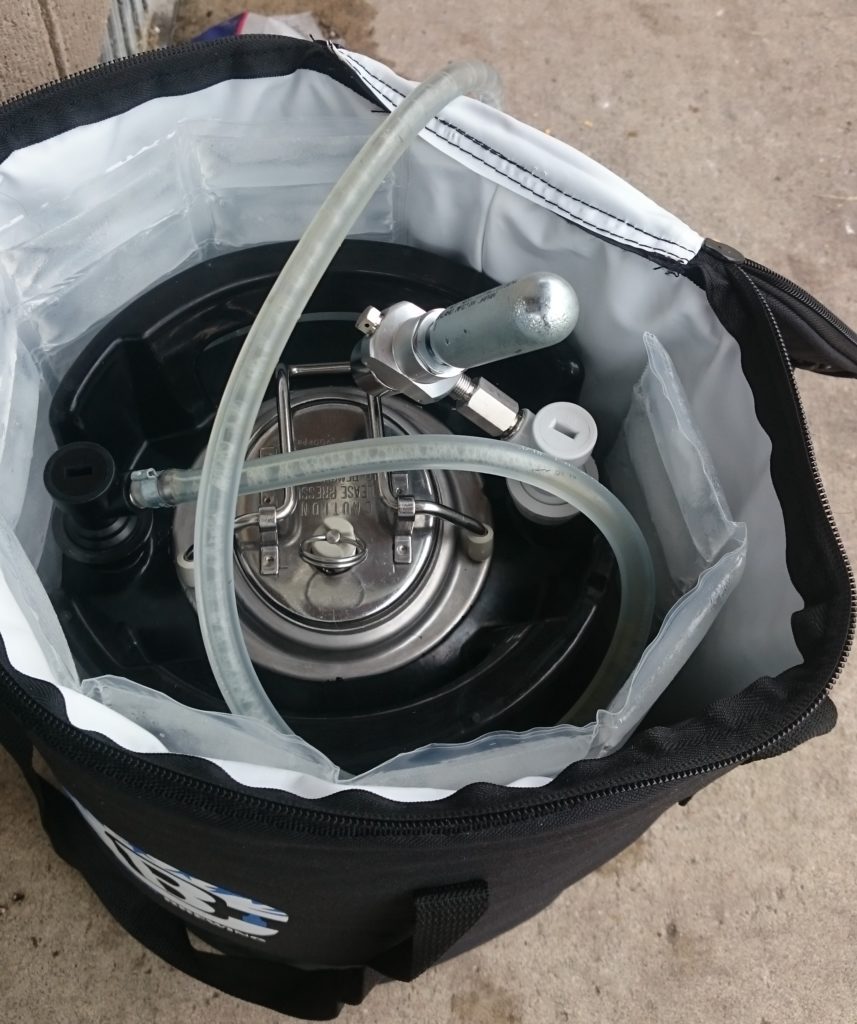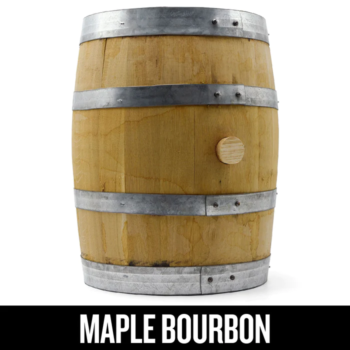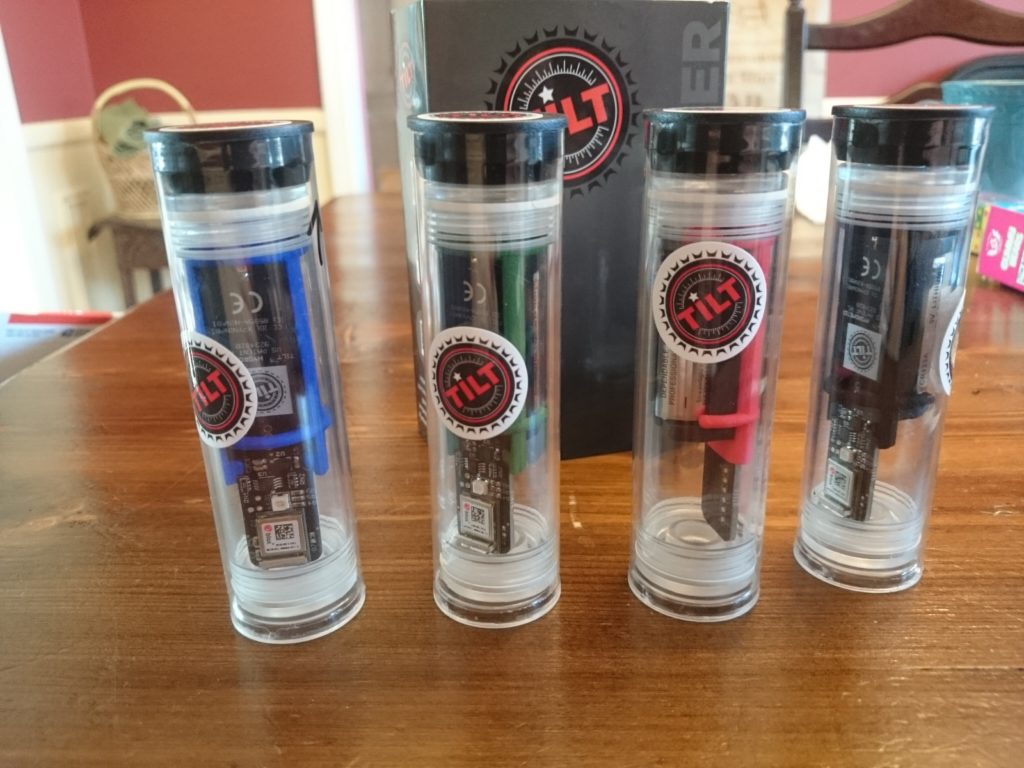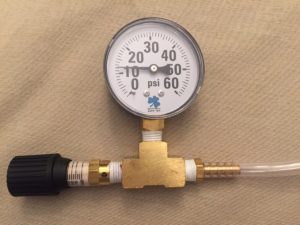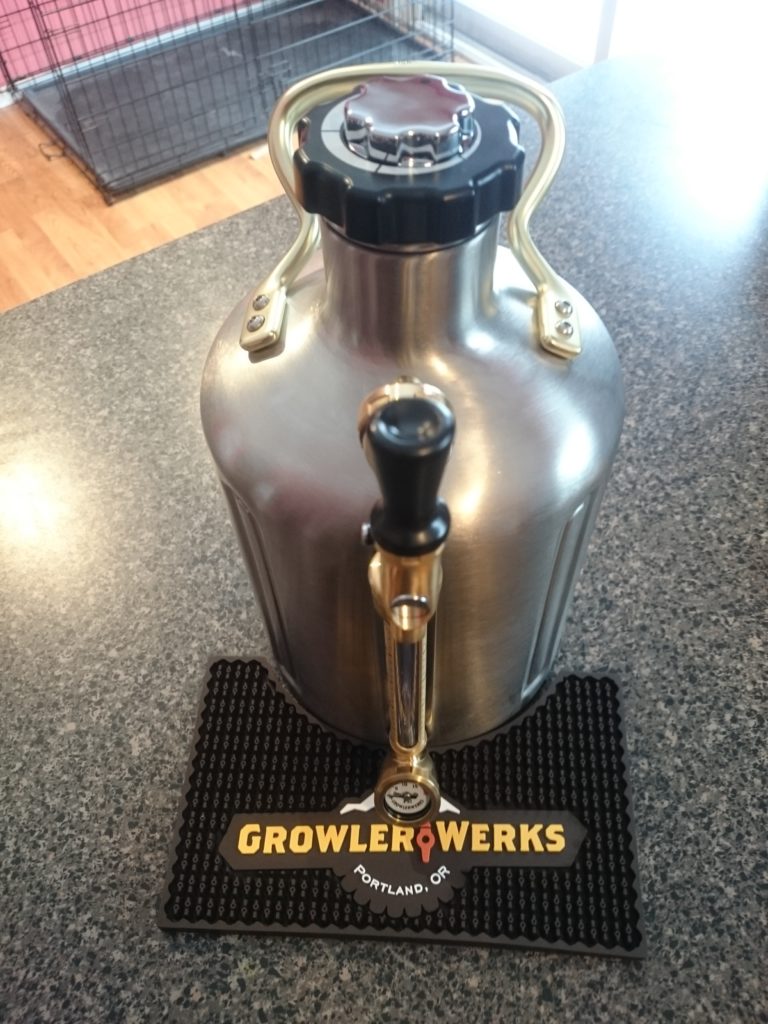
Hands on Review: BouncerMD Inline Beer Filter!
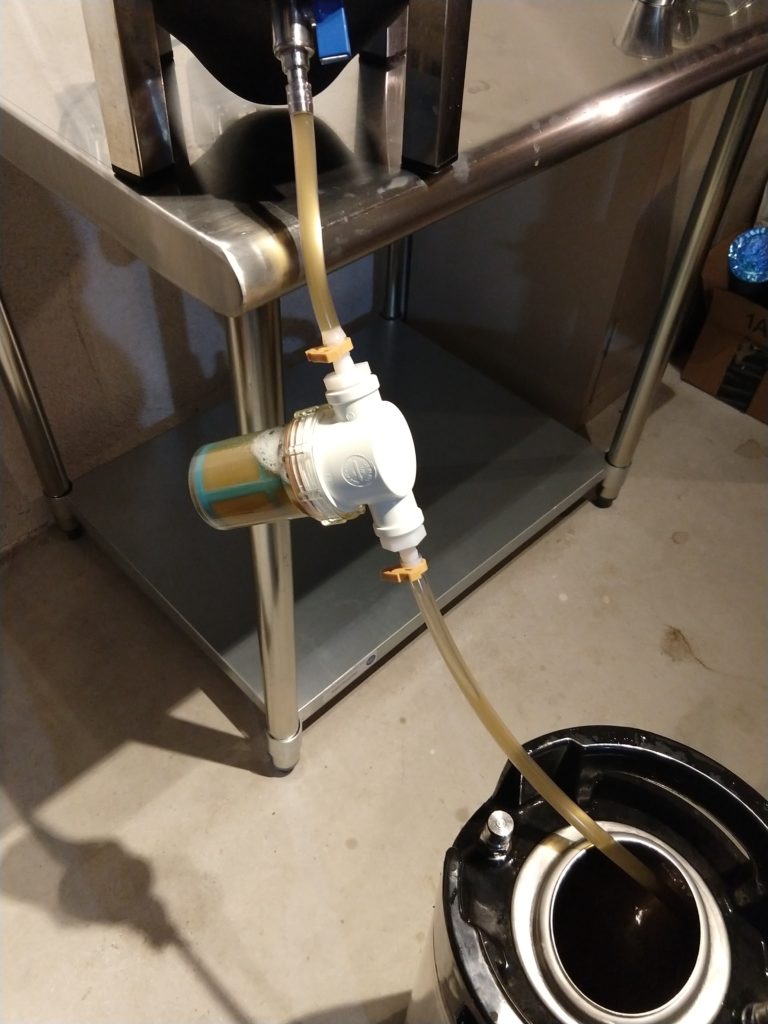
6/19/2024
This review is by Homebrew Finds Contributor Brad Probert. Brad is an engineer, expert homebrewer and experienced reviewer. Grab a link to Brad’s website at the end of this review.
BouncerMD “Mac Daddy” Inline Filter
As popular as unfiltered beer is right now, there are still a lot of times in the brewing process when you want to filter your in-process beer to some degree. For me, it’s hop trub when transferring from the kettle to the fermentor. Dry hopping can also get you unwanted debris when transferring into your keg. You’ve got process options like whirlpooling or gear additions like bazooka screens for inside your kettle. The Bouncer filter is another option you can add to your toolbox.
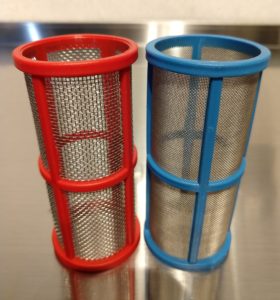 Course filter on the left, Fine filter on the right
Course filter on the left, Fine filter on the right
The Bouncer filter is like a miniature version of a home water filter. There’s a plastic housing that has inlet and outlet ports, and a clear plastic body that holds the stainless mesh filter screen and screws onto the main housing. The filter screen is made of stainless steel and nylon, and comes in two different mesh sizes. The coarse filter is 20 squares per inch (915 microns), and the fine filter is 50 squares per inch (305 microns).
The Bouncer itself also comes in two sizes- Normal and Mac Daddy. The Normal size comes with barbed fittings to hook up your 3/8” ID transfer hose. The Mac Daddy comes with two sets of fittings- one for 3/8” ID hose and the other 1/2″ ID hose so you can select whatever size matches your siphon or brew kettle valve. The larger Mac Daddy filter also gives you 224% more filter surface area than the base model.
The filter unit is rated for temperatures up to 150F. That means it’s good post-chilling, but not suitable for the hot inlet side into a plate chiller for example. Another creative use of the filter is as a Randall to infuse hops or other ingredient flavors into your beer when serving. More on that in my hands on trial below.
Check Pricing and Availability:
- BouncerMD inline beer filter (Mac Daddy) < the size featured in this review
- Bouncer Inline Beer Filter – Hands on Review
Bouncer Replacement Parts
- Nylon Replacement Bowl for Bouncer Mac Daddy
- Replacement Nylon Bowl for Bouncer Classic
- Replacement Gaskets for Bouncer MD – 5 Pack
- Replacement Gaskets for Classic Bouncer – 5 Pack
- Screen Assortment for Mac Daddy Bouncer
- Screen Assortment for Classic Bouncer



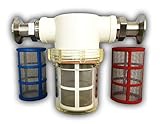





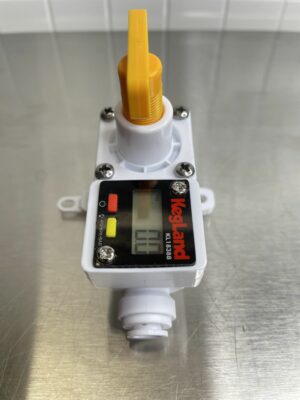
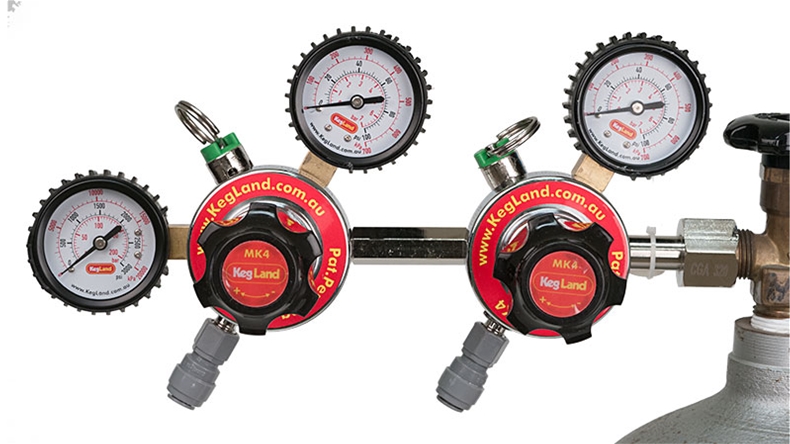
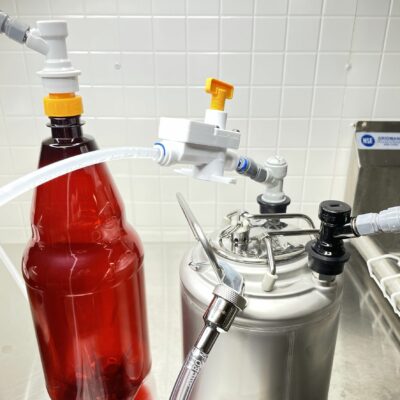
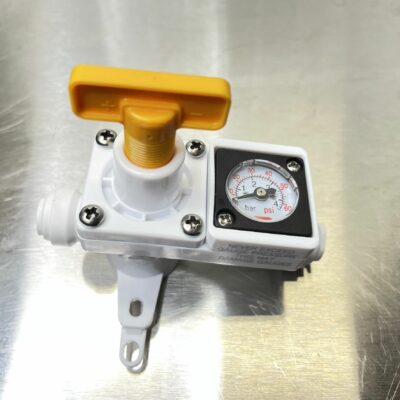 A look at the regulator. It has a pressure gauge, adjustment knob, inlet and outlet DuoTight ports and mounting holes.
A look at the regulator. It has a pressure gauge, adjustment knob, inlet and outlet DuoTight ports and mounting holes.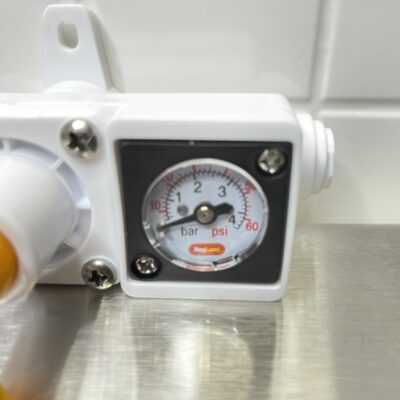 A closer look at the pressure gauge. This one goes to 60 PSI. Other gauge options may be available. This is a huge improvement vs v1. v1 feature no gauge. There is an updated DuoTight compatible inline (v2) version that has no gauge. That keeps costs down but still adds DuoTight compatibility. If you choose a model without a gauge, this is another great application of a
A closer look at the pressure gauge. This one goes to 60 PSI. Other gauge options may be available. This is a huge improvement vs v1. v1 feature no gauge. There is an updated DuoTight compatible inline (v2) version that has no gauge. That keeps costs down but still adds DuoTight compatibility. If you choose a model without a gauge, this is another great application of a 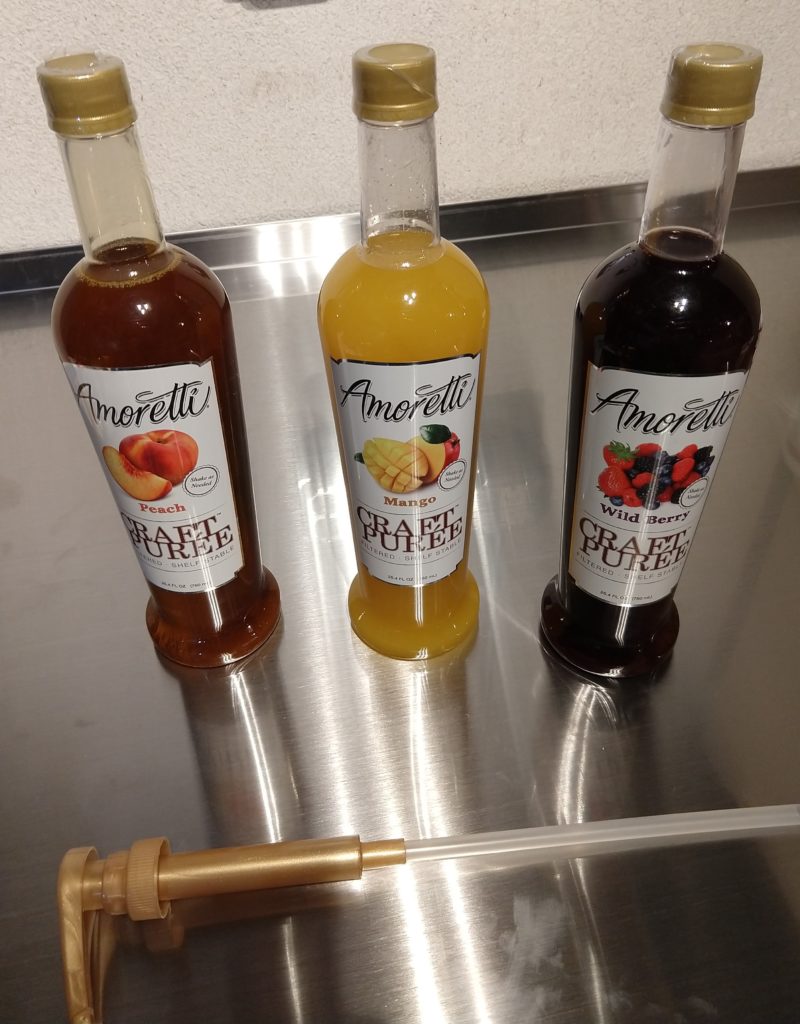







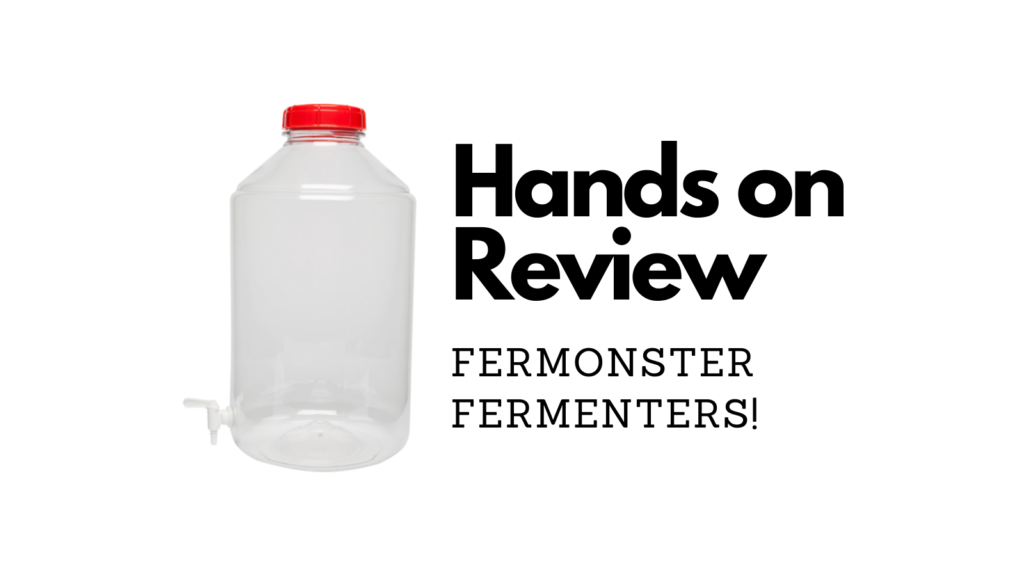
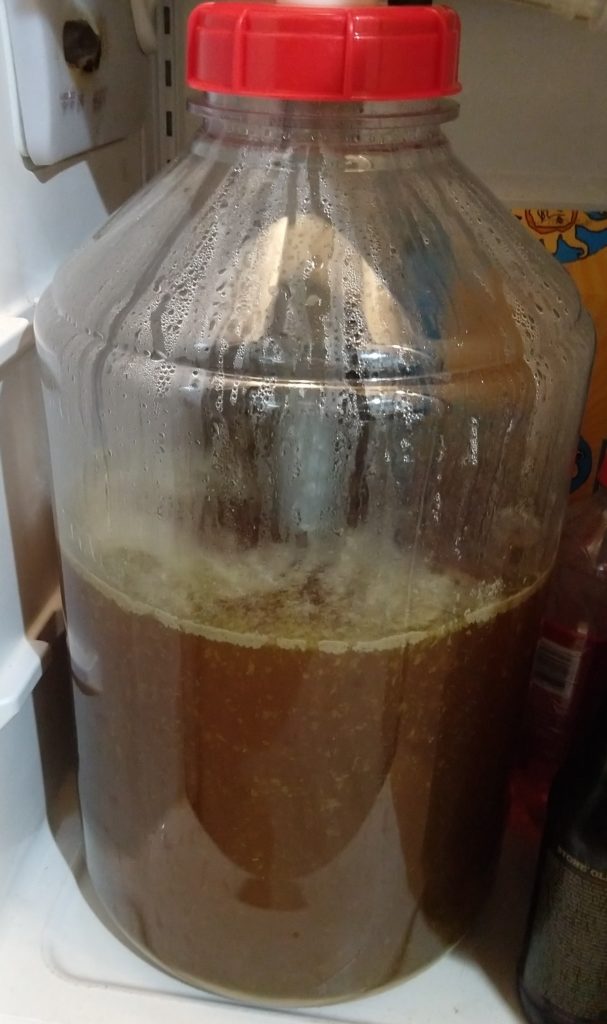
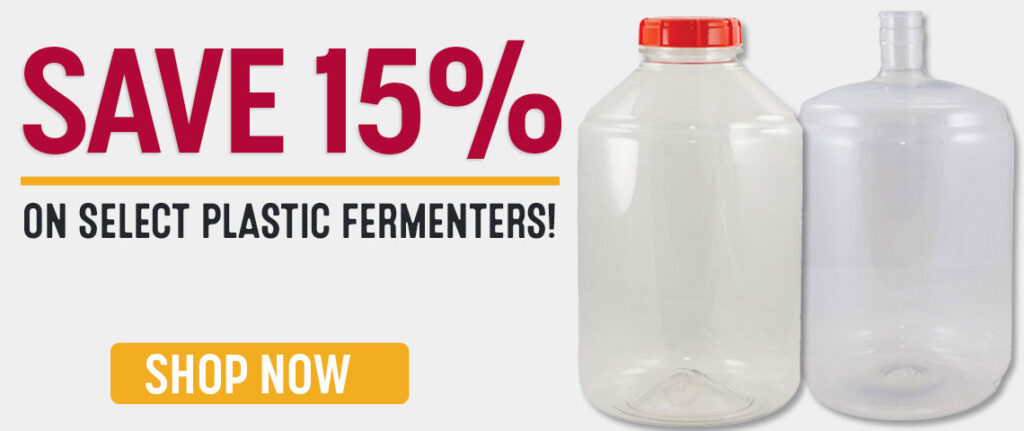
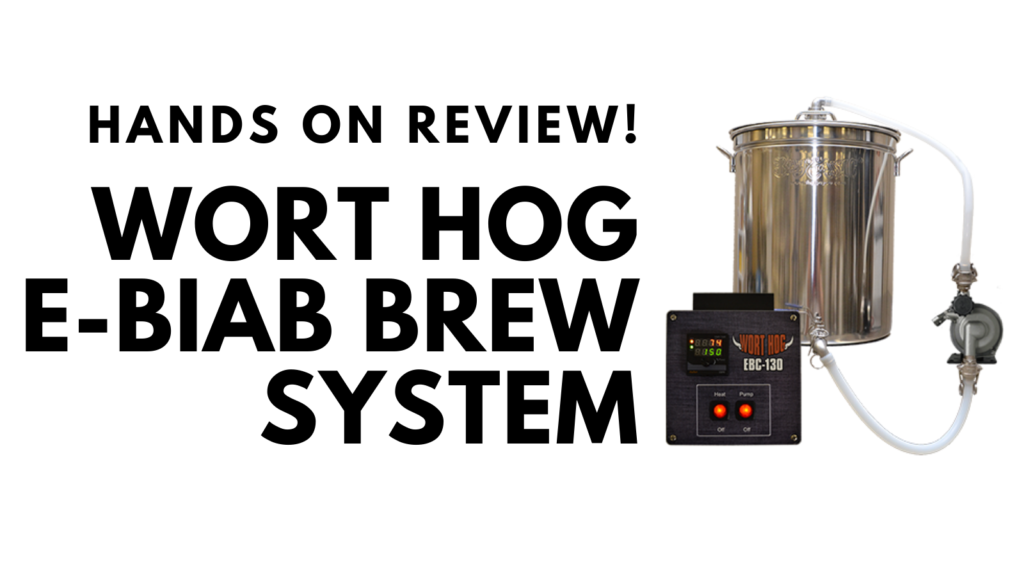
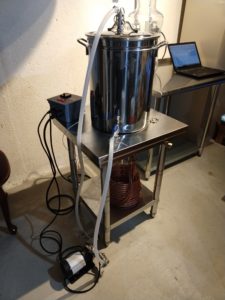





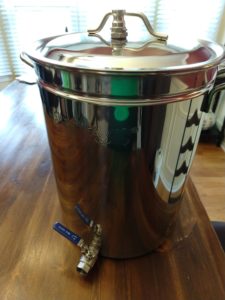

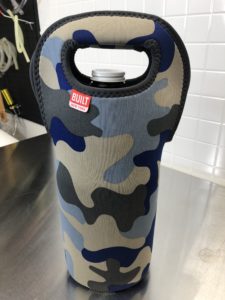
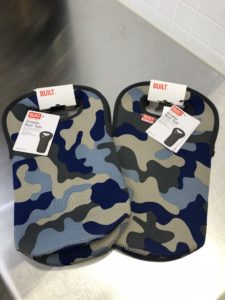 I picked up two of these, because… sometimes I like to tote two growlers. 🙂
I picked up two of these, because… sometimes I like to tote two growlers. 🙂